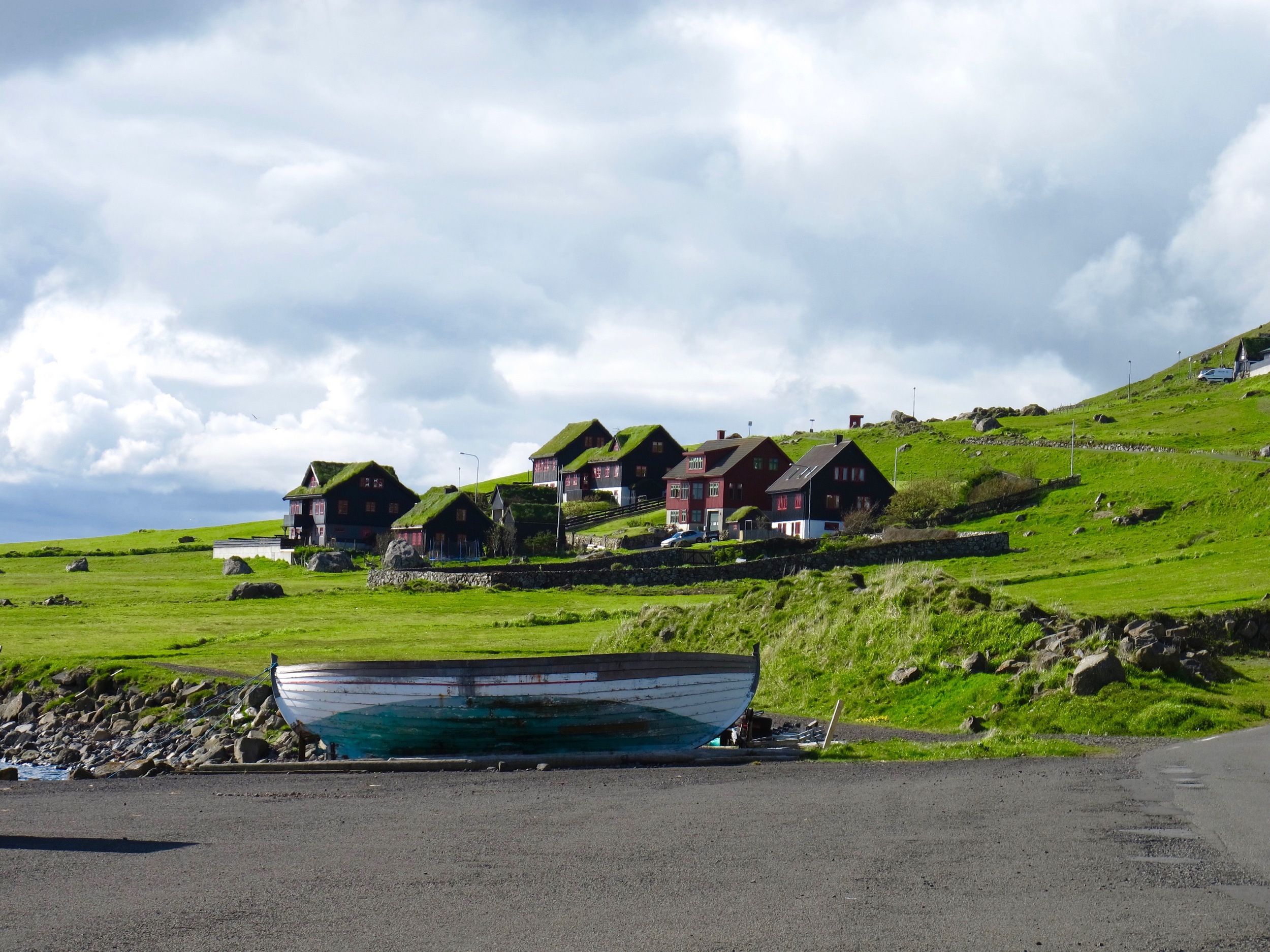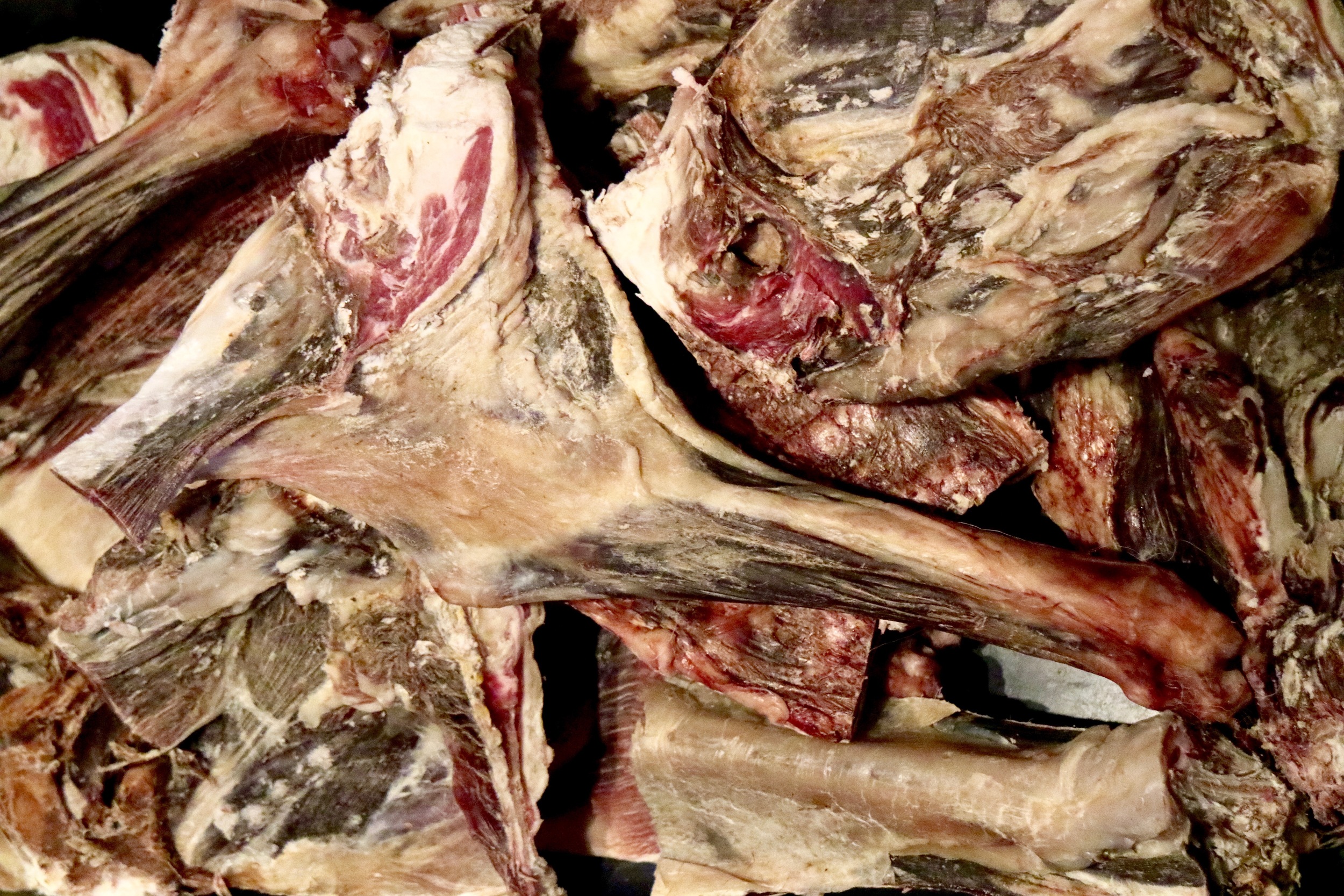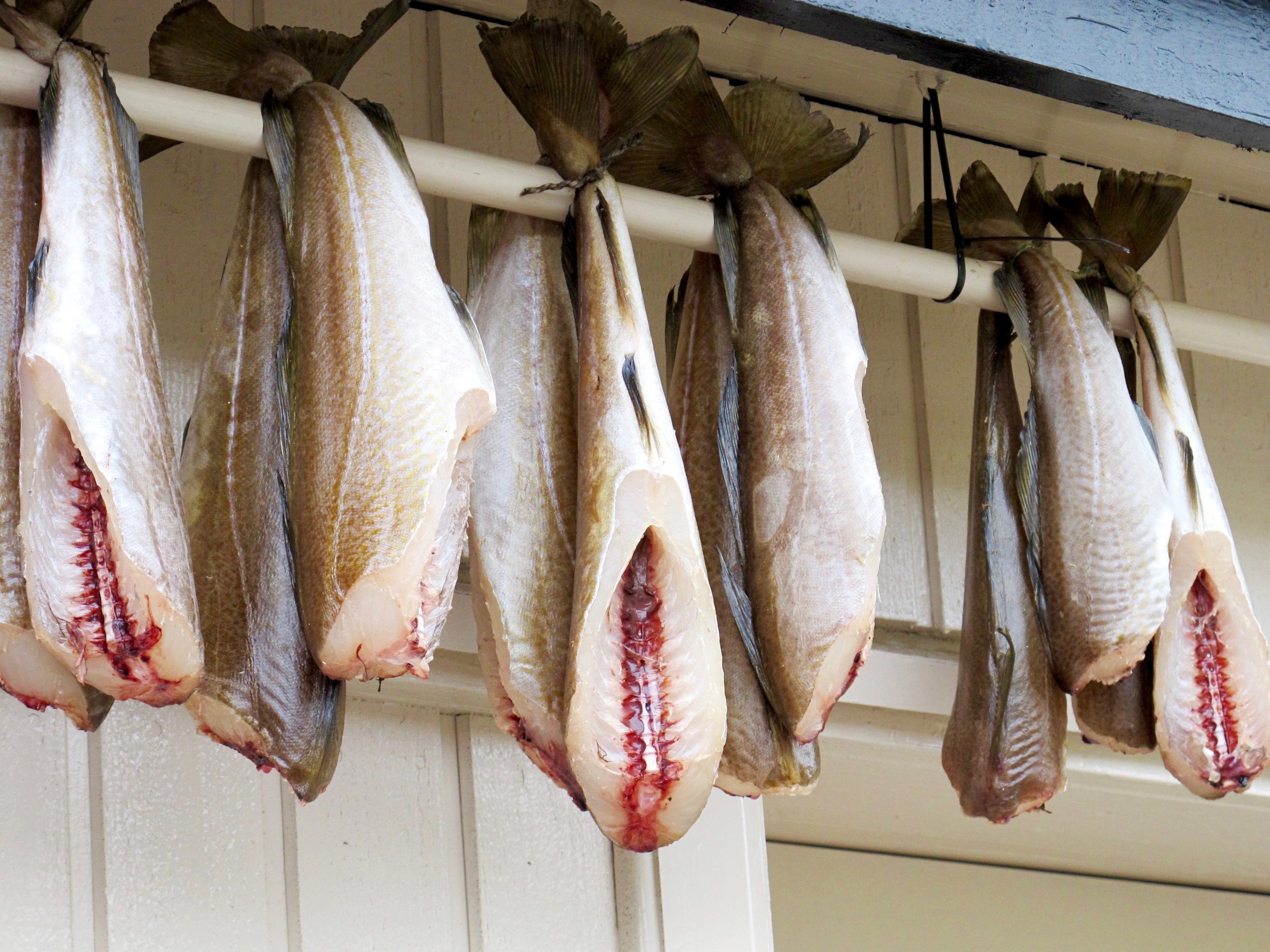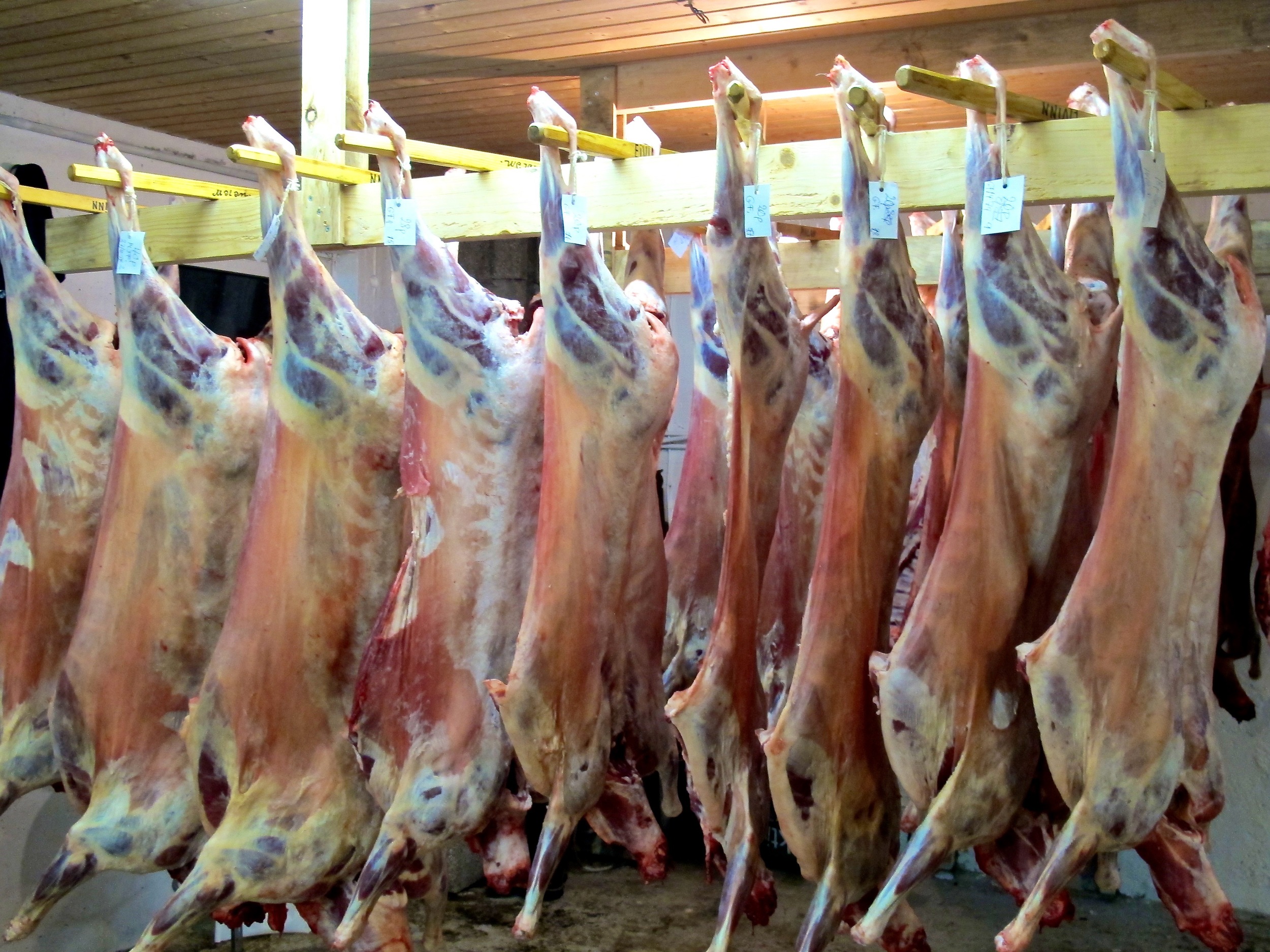It’s been dawning on me for quite some time that an invisible network is spreading across the globe. It connects Californian organic grocery stores to Japanese Michelin-starred restaurants, African cook-shops, Indic night markets, Berlin beef clubs and drying houses on Faroe Islands. The second I entered one of those air-permeable wooden shelters called hjallur for the first time, I knew something of particular importance was going on in there. Concerning the network that has come to my mind, the hjallur is one of the points of origin, talking about fermentation and ræst.
A creative way of storing food that dates back to the old days, a distinct flavor that can be accomplished through drying meat or fish outdoors: Ræst is unique to the Faroe Islands, it’s a special method of semi-drying, and it is characterized by its strong umami flavor, the fifth flavor besides sweet, sour, bitter and salty. The best way to describe ræst is pleasant, savory and tasty. Ræst is delicious, and it works with fish and meat – in theory. Sometimes, even doing the right thing is not enough. To succeed with ræst, you also need to have nature on your side.
Let’s say that you want to serve ræstur fiskur: Hop on a boat, enjoy the fjord-scenery, catch cod, go home, clean your fish and hang it up to dry; under the rainwater gutter of a drying house or shed can be a good place. From now on, it gets serious. Make sure the gutter doesn’t leak, and protect your fish from rain. It must stay dry, otherwise you can say goodbye to ræst. Furthermore important: the outside temperature. If it gets too warm, your fish will be beset with flies.
Skill comes with practice. The key factors for ræst: Location (some drying houses are better than others), length of time (several weeks up to several months), wind, humidity and temperature. Ræst lamb is called ræst kjøt. Same procedure in the drying house: The temperature rises too high? Invasion of flies. Bitter cold? It will ruin the hoped-for taste. Excessive breeze? Your meat dries too quickly, the flavor is not intense enough. What a pity! All those fabulous dishes you miss.
One of my favored foods is skerpikjøt, fermented, dried leg of lamb. Another: Fermented cod, together with the local delicacy garnatálg, which is fermented fat, gained from lamb guts. As the Faroese are experts, there are many Faroese words describing different stages of the process. Like: Freshly caught. Air-dried. Minorly-air-dried and at the beginning of fermentation. Very shortly hung and fermented. Well-hung and fermented. Or: Hung up at length, with a strong taste.
Up to the present day, ræst is extremely popular on Faroe Islands. Not so very long ago, a food conference took place, focusing on the local cuisine, fermented foods and fermentation in general. Since the Faroese cuisine has received international attention, even more aspects come into view: The details of the scientific part. Food labs. The links between probiotics, health and fermented foods. Also the issue of approved drying houses. You take an interest in the art of fermentation? Don’t only read the books of Sandor Katz. Taste the real thing. Ræst. On Faroe Islands.








inova.fo: Research projects and further information on the food conference
koks.fo: Transforming ancient culinary tradition into modern delicacies. KOKS celebrates its fifth anniversary. Therefore, the restaurant relocates to Copenhagen (3 March - 30 April). On Faroe Islands, KOKS reopens on 17 May in Kirkjubøur.
Note: KOKS has moved to Ilimanaq, Greenland, for the seasons 2022 and 2023; also, the restaurant tours as pop-up.
